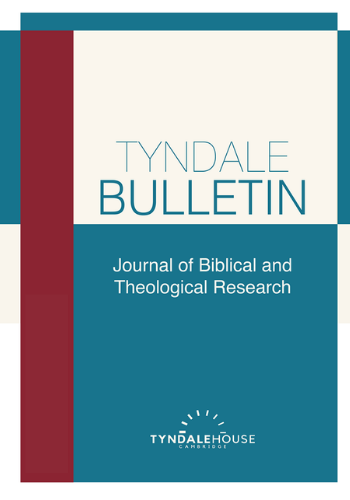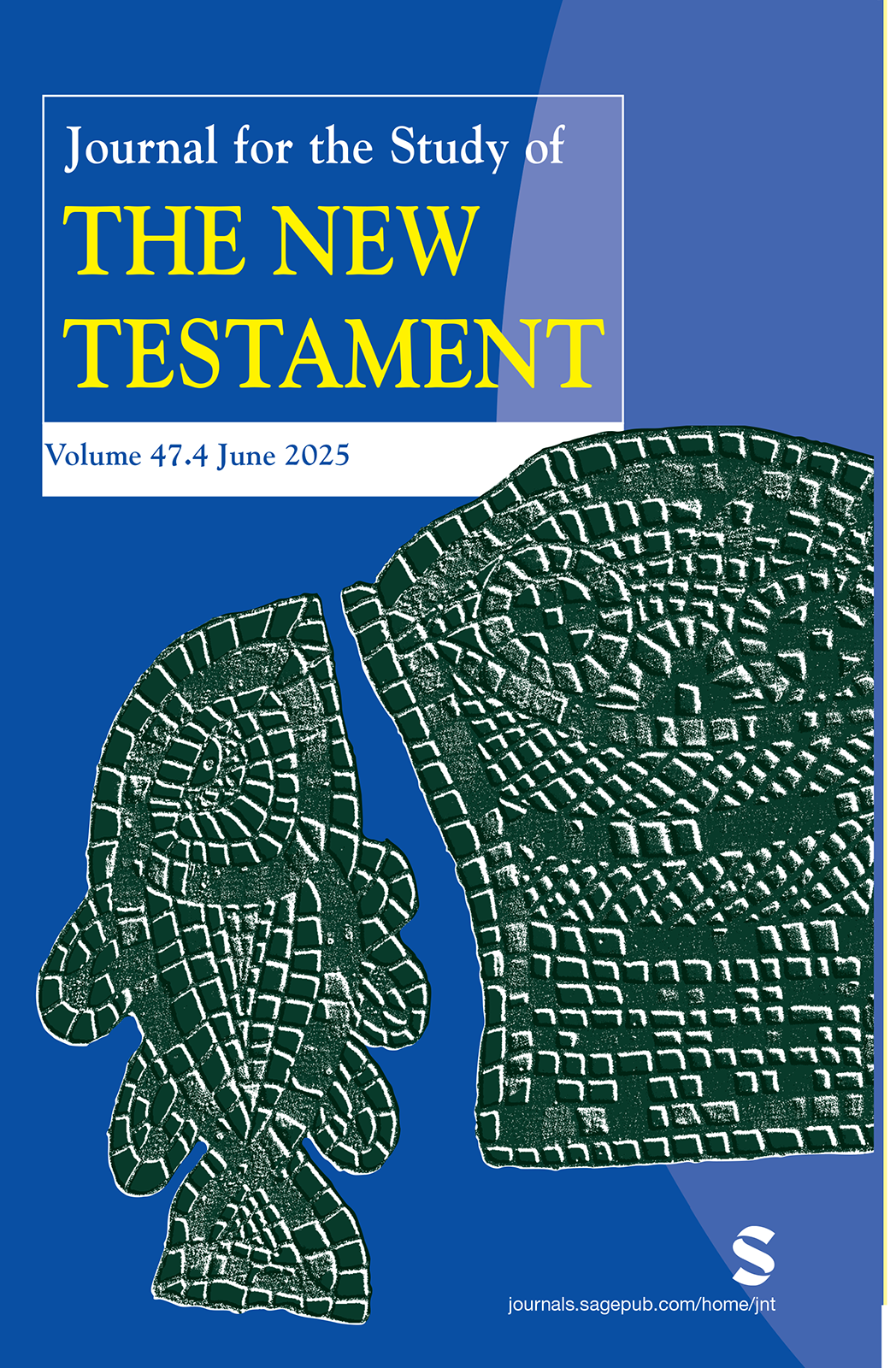개인과 집단을 향해 스스로를 성결하게 하라는 명령은 오경에 가장 높게 집중되어 나타난다. 그러나 이 명령들에는 때때로 다양한 지침이 수반되어, 성결의 과정과 그 명령의 이행 방식에 대한 명확성이 부족하다. 이러한 모호성은 여호수아 3장 5절과 7장 13절의 서사 본문처럼 매우 포괄적인 명령을 마주할 때 특히 두드러진다. 이 본문들에서는 성결 명령과 함께 추가적인 의식 지침이 제공되지도 않고, 이어지는 이야기에서 드러나지도 않는다. 본 논문은 오경의 선별된 성결 사례(특히 인물 성결)를 검토하고, 본문들 간의 연관성과 출애굽기 19장 및 29장에 나타난 사례의 패러다임적 성격을 평가하며, 성결 의식에 대한 고대 서아시아의 더 넓은 맥락을 고려함으로써, 서사적 맥락에서 자신이나 타인을 성결하게 하라는 명령이 주어질 때 어떤 지침이 암시될 수 있는지를 결정하는 데 도움이 될 해석학적 틀을 제공하고자 한다.
Commands directed toward individuals and groups to consecrate themselves occur with highest concentration in the Pentateuch. However, there is a variety of instructions which occasionally accompany these mandates, leading to a lack of clarity about the process of consecration and how those commands are fulfilled. This ambiguity is especially notable in encountering very blanket commands as in the narrative texts of Joshua 3:5 and 7:13, where no additional ritual instructions are provided alongside the consecration imperatives nor revealed in the ensuing stories. By examining selected Pentateuchal instances of consecration (especially of persons), evaluating the links between passages and the paradigmatic nature of occurrences in Exodus 19 and 29, and considering the broader ancient West Asian context of consecration activities, this paper will offer a hermeneutic to facilitate determining what instructions, if any, may be implied when the commands to consecrate oneself or others are issued in a narrative context.






